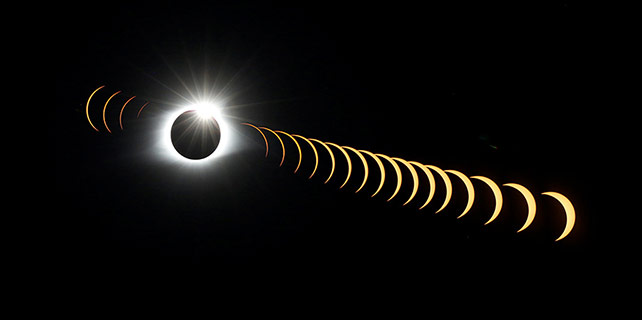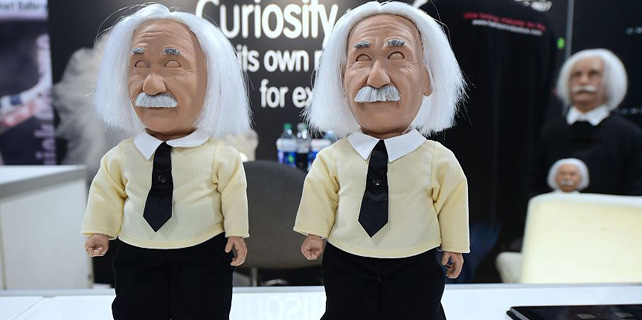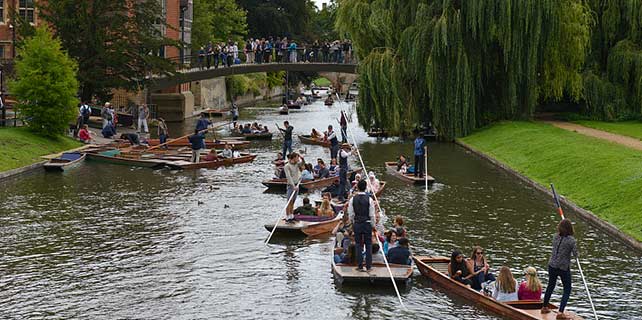Solar eclipse thrills crowds in US
Moon's shadow passes from Oregon to South Carolina to jaw-dropping effect
It was the first time that a total solar eclipse was visible across the United States since 1918, and it compelled millions of awestruck people to gather in open spaces and gaze on Monday.
The first point of the moon crossing the sun began at Lincoln Beach, Oregon just after 1:15 pm ET. Over the next hour and a half, the "totality" passed over Idaho, Wyoming, Montana, Nebraska, Iowa, Kansas, Missouri, Illinois, Kentucky, Tennessee, Georgia, and North Carolina, ending at 2:48 pm ET near Charleston, South Carolina.
It was the first time the US mainland has had a total solar eclipse since 1979, and it was the first nationwide one in 99 years.
While the total eclipse – when the moon travels between the Earth and the sun and darkens skies – was visible only in a 70-mile-wide band of the country, observers outside the path of totality had to make do with a partial solar eclipse, protecting their eyes with highly sought-after special glasses.
In New York, where the moon covered about 72 percent of the sun's diameter at around 2:44 pm ET, hundreds gathered in Times Square and throughout the city to get a glimpse of the magical moment, which was heightened by intense traditional and social media coverage. Strangers shared glasses and helped each other take pictures.
"I didn't buy the special glasses, so I just used whatever I had at home to make an eclipse projector like this," said Daniella Pavon, holding a cereal box made into a pinhole projector. "It's amazing that people from different places are gathering here, talking to each other and sharing what they see."
"In New York, it's very hard to experience nature on the scale that people outside the city experience, but the solar eclipse is for everyone – city folk and country folk," said Arlene Katz, a volunteer at the American Museum of Natural History. "Even here in New York, everyone can see the power of nature that drives our planet."
"It's beautiful, it's amazing," said Sam Fishel from New York, watching the eclipse through glasses. "You see the sun, but it's almost like the moon in the night. So incredible!"
"I watched the solar eclipse once when I was very young, back in China," said Barry Sun, an international student from China. "But watching it in the US is a very different experience for me."
The next total solar eclipse will be visible in the US in 2024, but the next coast-to-coast one won't be until 2045.
ruinanzhang@chinadailyusa.com
















